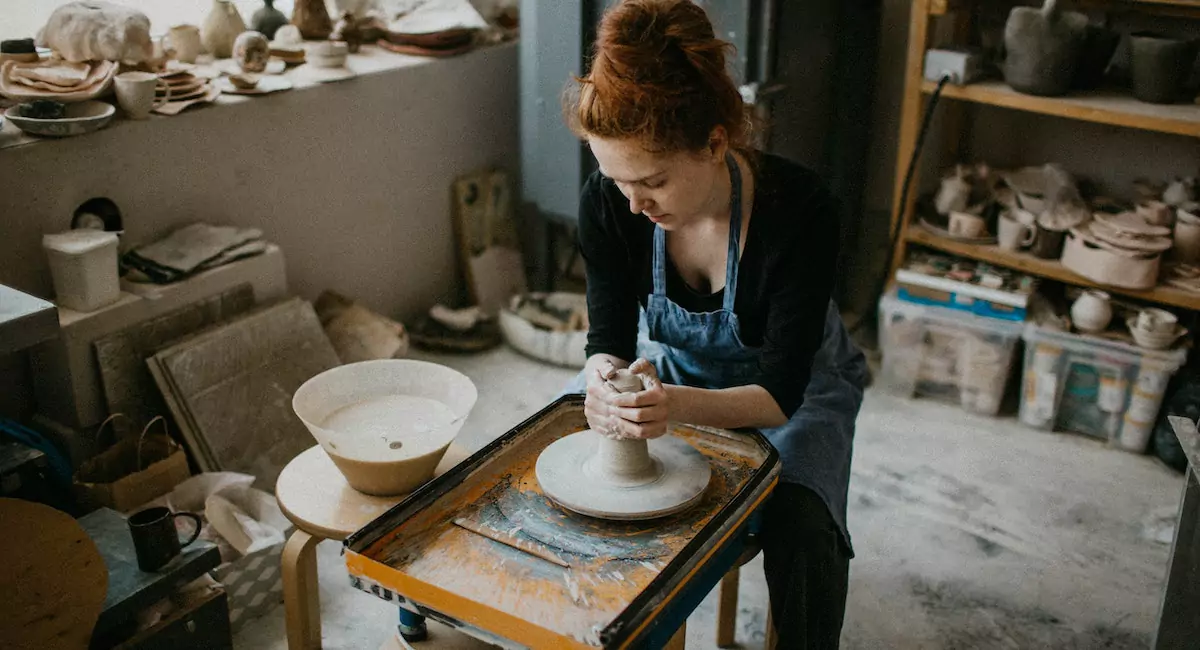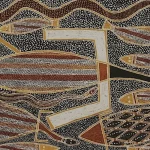
From Clay to Creation: Pottery in Indigenous Australian Art
Do you love making beautiful clay objects from scratch? That is why pottery is such a famous art that also holds a significant place in the cultural heritage of Indigenous Australian communities. Pottery represents a rich and ancient artistic tradition that has been passed down through generations. With a history dating back thousands of years, pottery in Indigenous Australian art showcases the deep connection between the artists, the land, and their ancestral stories. Here you can see the origins, techniques, cultural significance, and contemporary relevance of pottery in Indigenous Australian art.
Origins and Historical Context
When you look at the origins of pottery in Indigenous Australian art, you will see that it can be traced back to the earliest Aboriginal communities, where clay was utilised for both practical and artistic purposes. The art of pottery making was an important part of daily life, with vessels crafted for storing food, water, and other essential items. Early Indigenous Australians developed various pottery-making techniques, including coiling, pinching, and moulding, which were adapted to suit local clay types and firing methods.
Cultural Significance of Pottery
Pottery plays a significant role in Indigenous Australian culture, intertwining with Dreamtime stories, rituals, and ceremonial practices. Each clay vessel is a canvas for conveying cultural knowledge, spiritual beliefs, and Indigenous stories in Australia. Many pottery creations showcase totems, ancestral beings, and sacred symbols, symbolising the connection between the natural world and the spiritual realm. The act of creating pottery also fosters a deep sense of connection to the land, reinforcing the concept of custodianship and respect for the country.
Techniques and Methods
Various Indigenous Australian communities developed distinct pottery-making techniques that have been passed down through oral traditions to the next generations to keep the tradition alive. Coiling, where long rolls of clay are layered on top of each other and smoothed together, is a common technique used to create larger vessels. Pinching involves shaping the clay by hand, creating smaller, more delicate forms. Additionally, moulding is used for producing more intricate designs or adding texture to the pottery.
Symbolism and Storytelling
When you look at Indigenous Australian pottery, you will see that it is a visual language that communicates stories, history, and the spiritual world. Every line, shape, and motif carries a meaning. For instance, a circular pattern may represent a waterhole or campsite, while a zigzag motif could depict a serpent or a river. Each artwork is a portal to the Dreamtime, a mythical era when the world was created and inhabited by ancestral spirits. By sharing these stories through pottery, Indigenous artists keep their traditions alive for future generations.
Tip
Another art form with symbolism and storytelling among indigenous artists is street art and you can read more about this art form in this article, Indigenous Street Art in Sydney: Murals with Cultural Significance.
Decline and Revival
When colonisation happened in Australia, it had a lasting impact on Indigenous communities and led to a decline in traditional pottery practices. This is because mass-produced goods and modern materials diminished the demand for traditional clay vessels. However, in recent decades, there has been a revival of interest in Indigenous Australian art and culture, leading to a revival of pottery-making techniques. Indigenous artists are reclaiming their artistic heritage, using pottery as a powerful medium for expressing their identity, pride, and resilience.
Contemporary Innovations
Contemporary Indigenous Australian pottery artists are combining traditional techniques with modern innovations to create unique and visually stunning artworks. These artists experiment with different clay bodies, glazes, and firing methods to create a diverse range of styles and aesthetics. Some artists blend traditional designs with contemporary themes, while others push the boundaries of form and function, exploring new ways to express their cultural heritage through pottery.
Preservation and Cultural Continuity
There are many efforts now to preserve and promote the practice of pottery in Indigenous Australian art. Cultural centres, art institutions, and galleries are collaborating with Indigenous communities to support artists, provide access to resources, and to help continue this ancient tradition. Additionally, initiatives that promote cultural exchange and education about Indigenous Australian art are fostering greater appreciation and understanding of these unique artistic expressions.
Tip
Another traditional art form by Indigenous artists include dot painting and you can learn more about it in this article, Aboriginal Dot Art and Its Meanings.
Conclusion
From clay to creation, pottery in Indigenous Australian art depicts a deep connection between the artist, their culture, and the land. It serves as a medium for storytelling, preserving cultural knowledge, and celebrating the rich heritage of Indigenous communities. With a revival of interest to preserve and promote this ancient craft, Indigenous Australian pottery continues to thrive as a vibrant and essential part of Australia's artistic landscape.





